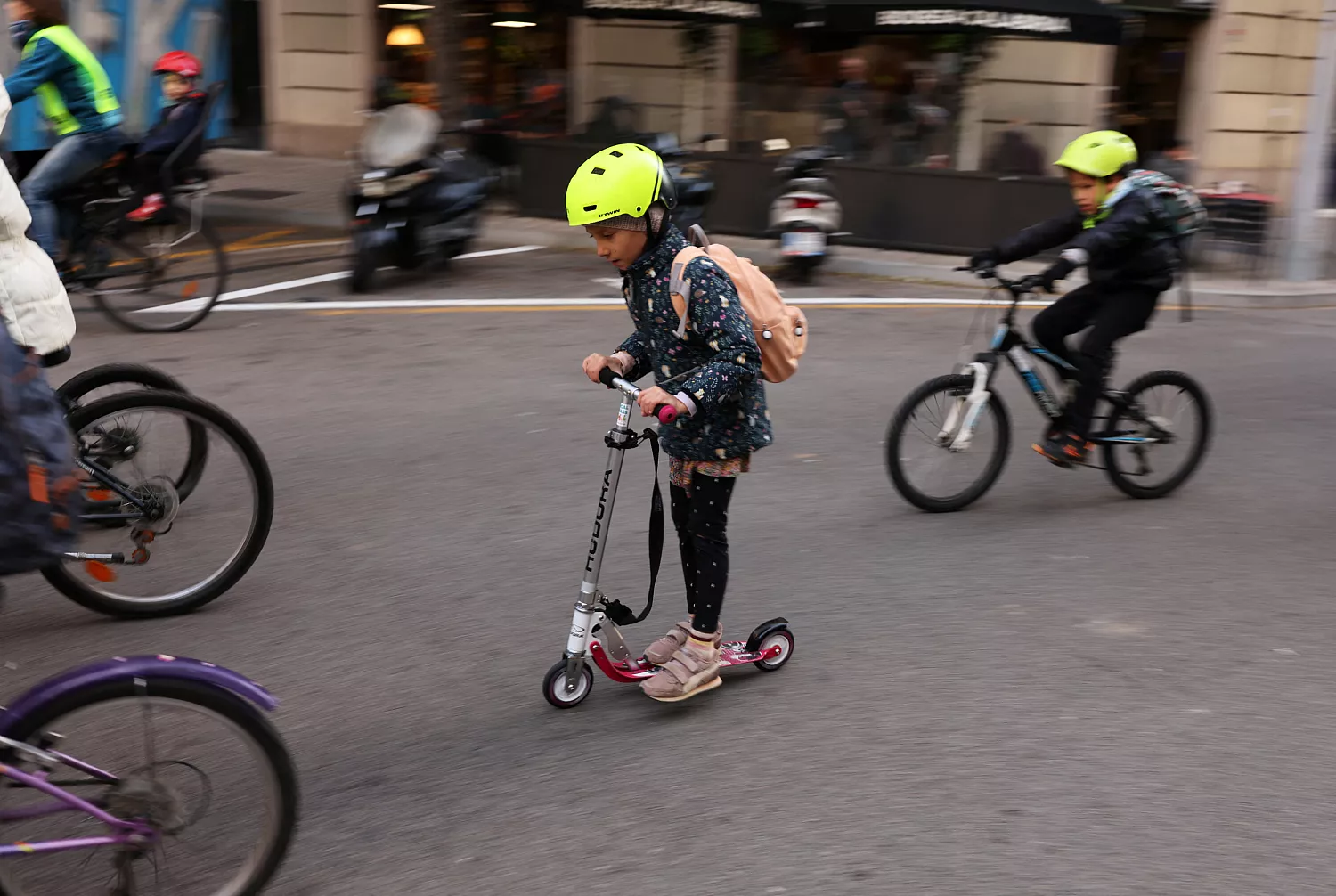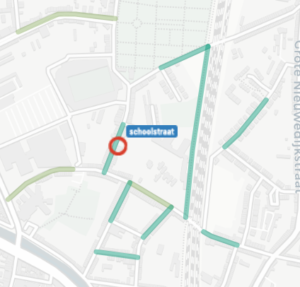Traffic counts for School Streets

School Street campaign goals
The concept and implementation of school streets has definitely gained momentum in various European countries in recent years. In the Netherlands and Belgium there are now close to 200 ‘Schoolstraten’ permanently deployed in the Flanders region, and the ‘Rues aux écoles’ in France with 168 currently implemented in Paris alone. The UK has also seen school streets successfully adopted, in London boroughs but also in Manchester and other cities.
A school street means temporarily closing road(s) to motorised traffic immediately surrounding a school entrance prior to school start and after the school end.
By doing this, School Streets aim to:
- improve safety for children travelling to school
- reduce exposure to air pollution for students and teachers
- promote walking and cycling to school
A study carried out in Flanders has demonstrated the positive effects of School Streets for air and noise pollution, traffic safety and active travel. ()
How Telraam sensors can play a role in the School Street implementation:
- Telraam devices can monitor traffic patterns in the school street, and observe possible long term behavioural changes in mobility patterns.
- A network of Telraam devices allows the tracking of possible spillover traffic in surrounding streets.
- Engagement of neighbourhood citizens with data collection informs, and gains citizen support for the School Street implementation
- Engagement of children with data collection is a great learning opportunity
- Having detailed results on the benefits, and monitoring possible negative effects, are great communication assets for a local authority in discussions with parents, residents, the children and the media.
Examples of Telraam applications
 The Mechelen authorities wanted to link data from ANPR cameras and/or other traffic measurements with a traffic model and the information from the GIPOD system.
The Polivisu project was an example of a third party using the Telraam API to build a custom dashboard,
designed to monitor the impact of school streets on the traffic on the school street itself and adjacent streets.
About 15 Telraam devices were installed around the school area and data was collected continuously for 6-12 months, with some devices still currently active. Telraam helped by counting cyclists and pedestrians in a cost-efficient way while having a reliable open API.
The Mechelen authorities wanted to link data from ANPR cameras and/or other traffic measurements with a traffic model and the information from the GIPOD system.
The Polivisu project was an example of a third party using the Telraam API to build a custom dashboard,
designed to monitor the impact of school streets on the traffic on the school street itself and adjacent streets.
About 15 Telraam devices were installed around the school area and data was collected continuously for 6-12 months, with some devices still currently active. Telraam helped by counting cyclists and pedestrians in a cost-efficient way while having a reliable open API.
Setting out a School Street campaign
The goal of any local School Street campaign is to make the experience of arriving and leaving the school safer, healthier and more enjoyable for children, parents and local residents, usually by temporarily closing the street to cars and other vehicles, and opening them to children to walk, cycle and be active. The definition from the UK School Streets Initiative [] is:
“A School Street is a road outside a school with a temporary restriction on motorised traffic at school drop-off and pick-up times. The restriction applies to school traffic and through traffic. The result is a safer, healthier and pleasant environment for everyone.
School Street schemes offer a proactive solution for school communities to tackle air pollution, poor health and road danger reduction. A School Street scheme will encourage a healthier lifestyle and active travel to school for families and lead to a better environment for everyone.”
The difference between a School Street and other Low Traffic Neighbourhood intervention is that it is usually only active for certain hours of the day and week, to coincide with the times the school opens and closes.
Because the road is not fully closed, it remains a potential route for local drivers and for sat-nav routing outside these ‘closed’ school-run hours, and as such it could continue to be a ‘rat-run’ for pass-through traffic. For that reason it is important to have clear signage and to monitor adherence to keep all road users safe. Ongoing measurement and enforcement will be necessary to see if additional measures need to be put in place.